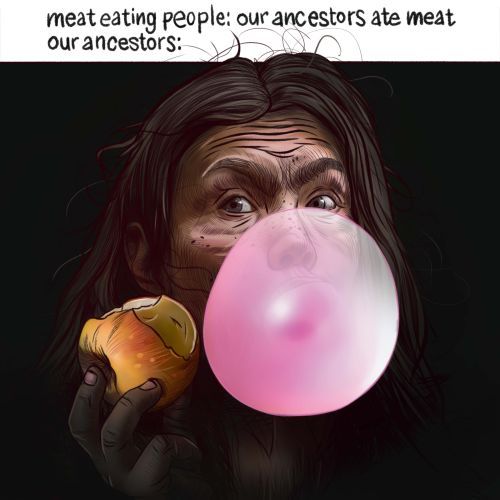The plant-based diet of hunter-gatherers, Roman wine and Mayan crabs
Recent archaeological discoveries challenge the view that human ancestors lived on a high-protein, meat-rich diet. Evidence from the remains of 24 individuals who lived between 9,000–and 6,500 in the Peruvian Andes suggests that hunter-gatherers ate mainly plants and vegetables. Wild potatoes and other root vegetables may have been the dominant food before humans transitioned to agriculture, and the diet was said to have consisted of 80% plant matter and 20% meat.
DNA obtained from “chewing gum” used by teenagers in what is now Sweden 10,000 years ago provides new information about the Stone Age diet and oral health. Rolls of rubber, made from pieces of tar (tar from birch bark and wood), suggest that trout, hazelnuts, apples, deer, duck and fox meat were popular diet ingredients back then. Hunter-gatherers probably chewed gum, which was used as glue to build tools and weapons.
According to the research results by employees of the Mexican National Institute of Anthropology and History (INAH), the delicacy of Mayan elites during special ritual banquets was freshwater crabs. Meanwhile, according to scientists from the University of Ghent and the University of Warsaw, wine in ancient Rome had a slightly spicy taste and aroma similar to toasted bread and walnuts. Moreover, “the Romans were able to produce much better, tastier and more stable wines than is commonly believed”, with colours ranging from white through yellow, gold, amber, brown and red to black.























